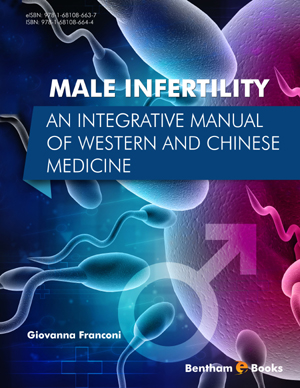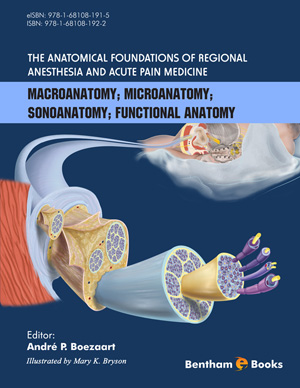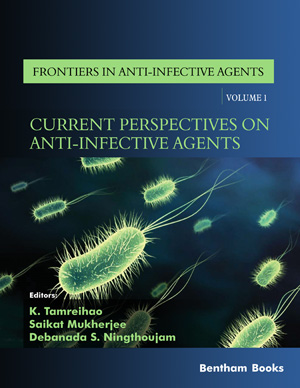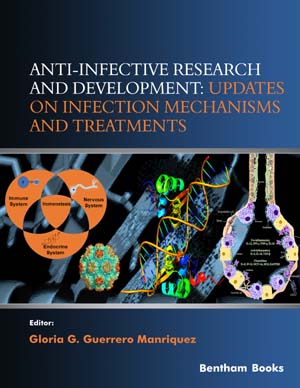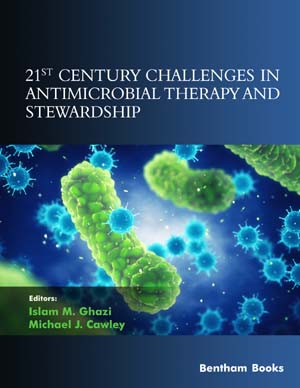Abstract
Topical corticosteroids are useful to treat inflammatory dermatoses due to their anti-inflammatory, antiproliferative, immunosuppressive, and vasoconstrictive effects. Scientific research has tried to develop high potency topical corticosteroids with minimum adverse effects. Nowadays, there are a growing list of these drugs, with different potency and activity. Some of the inflammatory diseases that usually respond to topical corticosteroids are atopic dermatitis, psoriasis, seborrheic dermatitis, nummular eczema, contact dermatitis, papular urticaria, or lichen simplex chronicus. To select a topical corticosteroid that is indicated in certain inflammatory diseases, it is also important to take into account the skin area, the vehicle, the conditions that potentiate the risk for systemic absorption, or the patient’s compliance. One application daily of topical corticosteroids may be preferable, because there is no difference with once or twice daily application. Local side effects occur more frequently than systemic ones, but both are equally uncommon. Children and elderly patients have a greater risk of side effects. Appropriate human studies in pregnancy or breastfeeding have never been undertaken, so topical corticosteroids may be applied in this case only when benefits justify the possible risk to the fetus. Patient education about the application of topical corticosteroids is essential in optimizing therapy.
Keywords: Glucocorticoids, therapeutics, drug therapy, administration, topical, administration, cutaneous, skin, dermis, epidermis, chemicals and drug categories.














